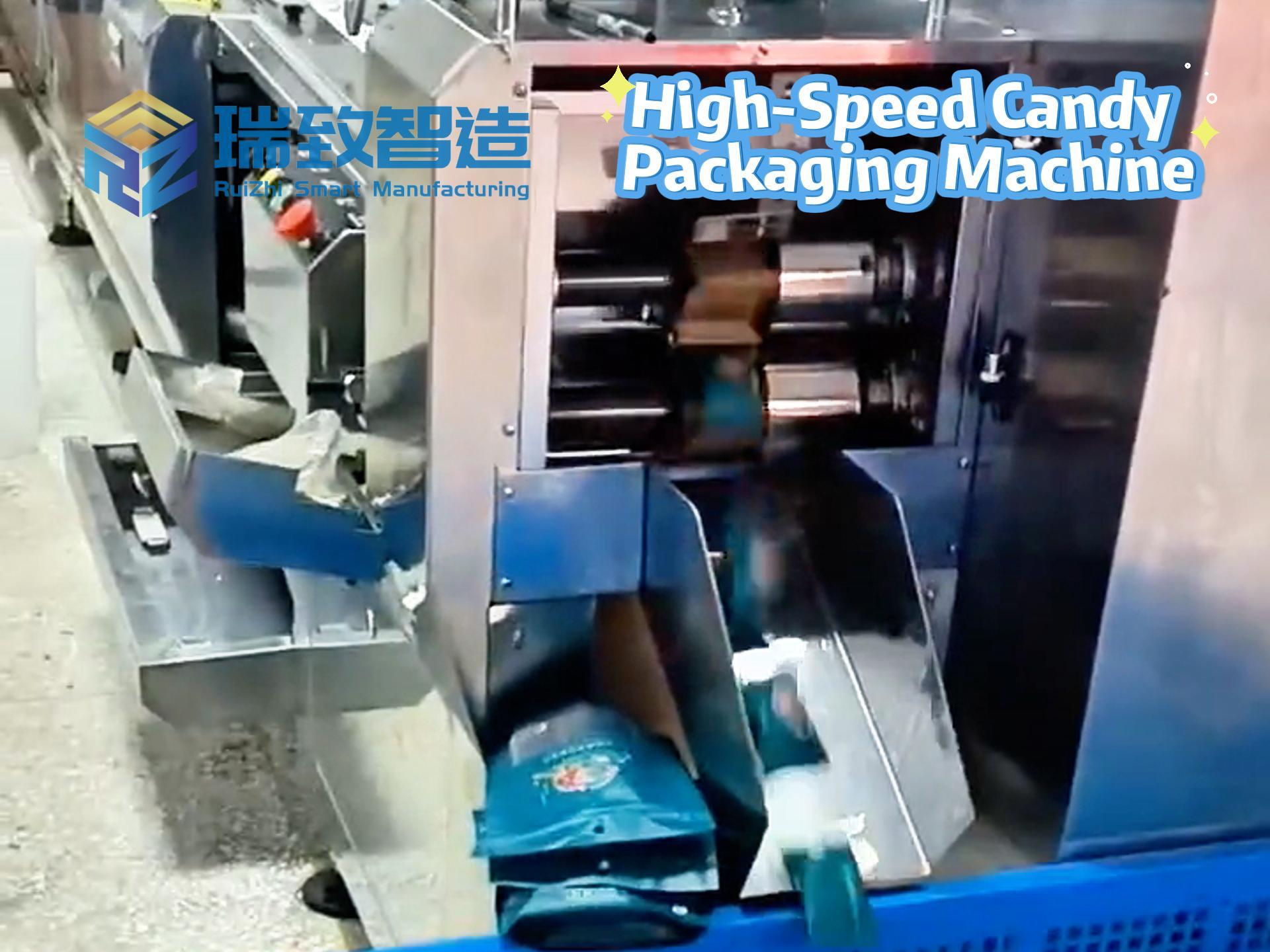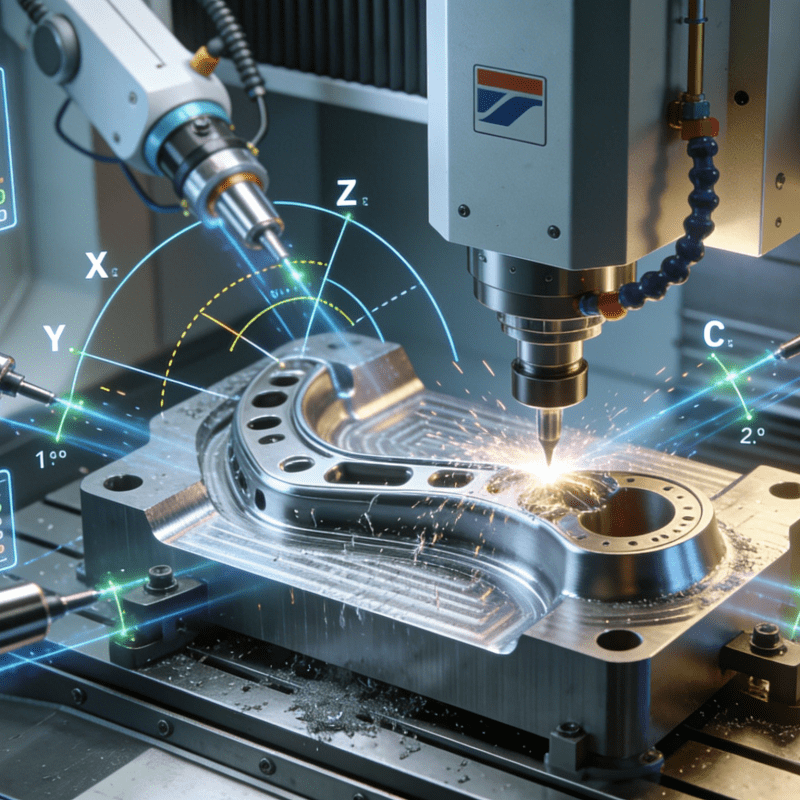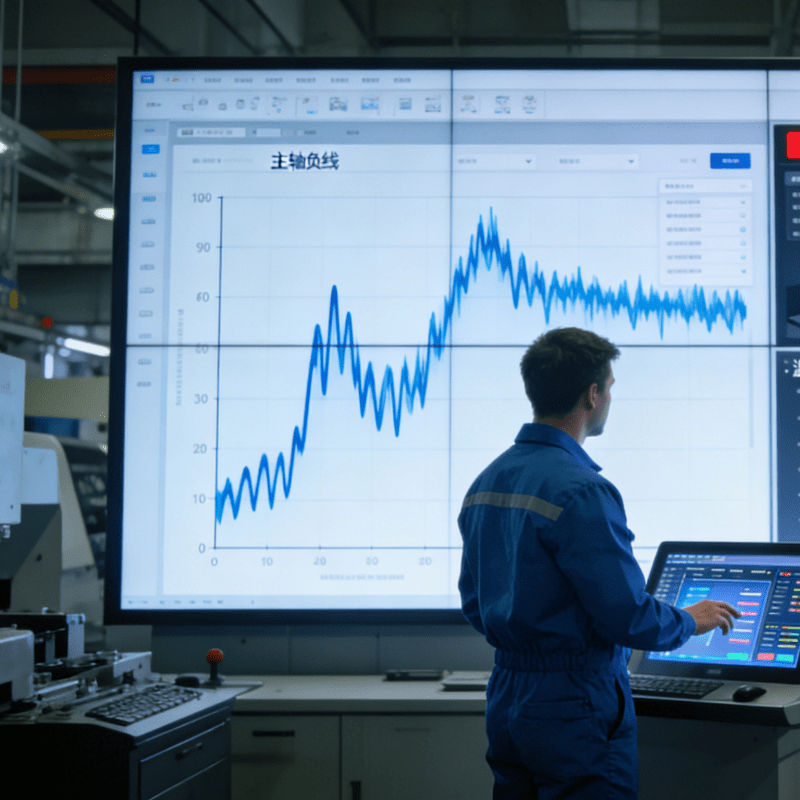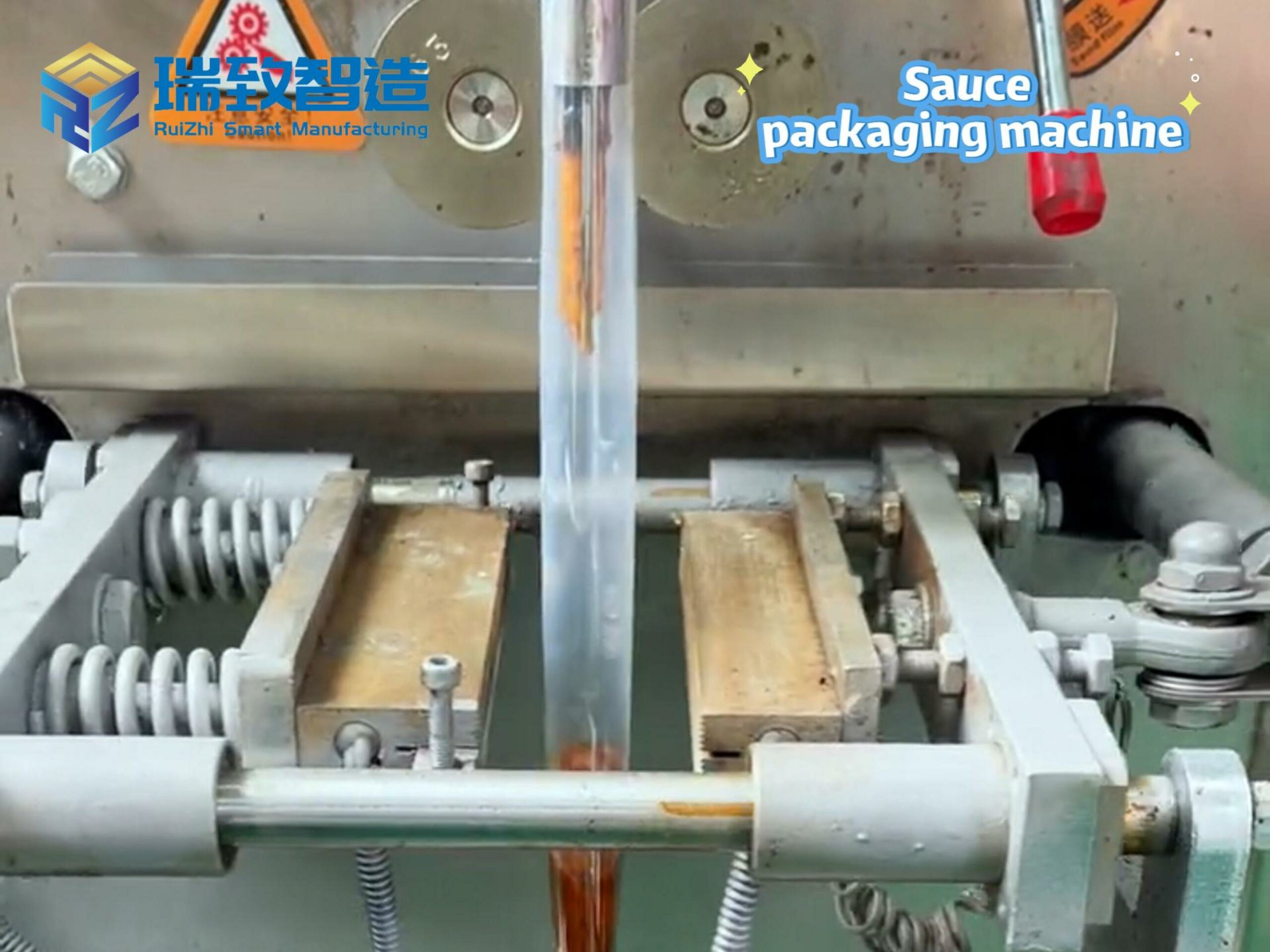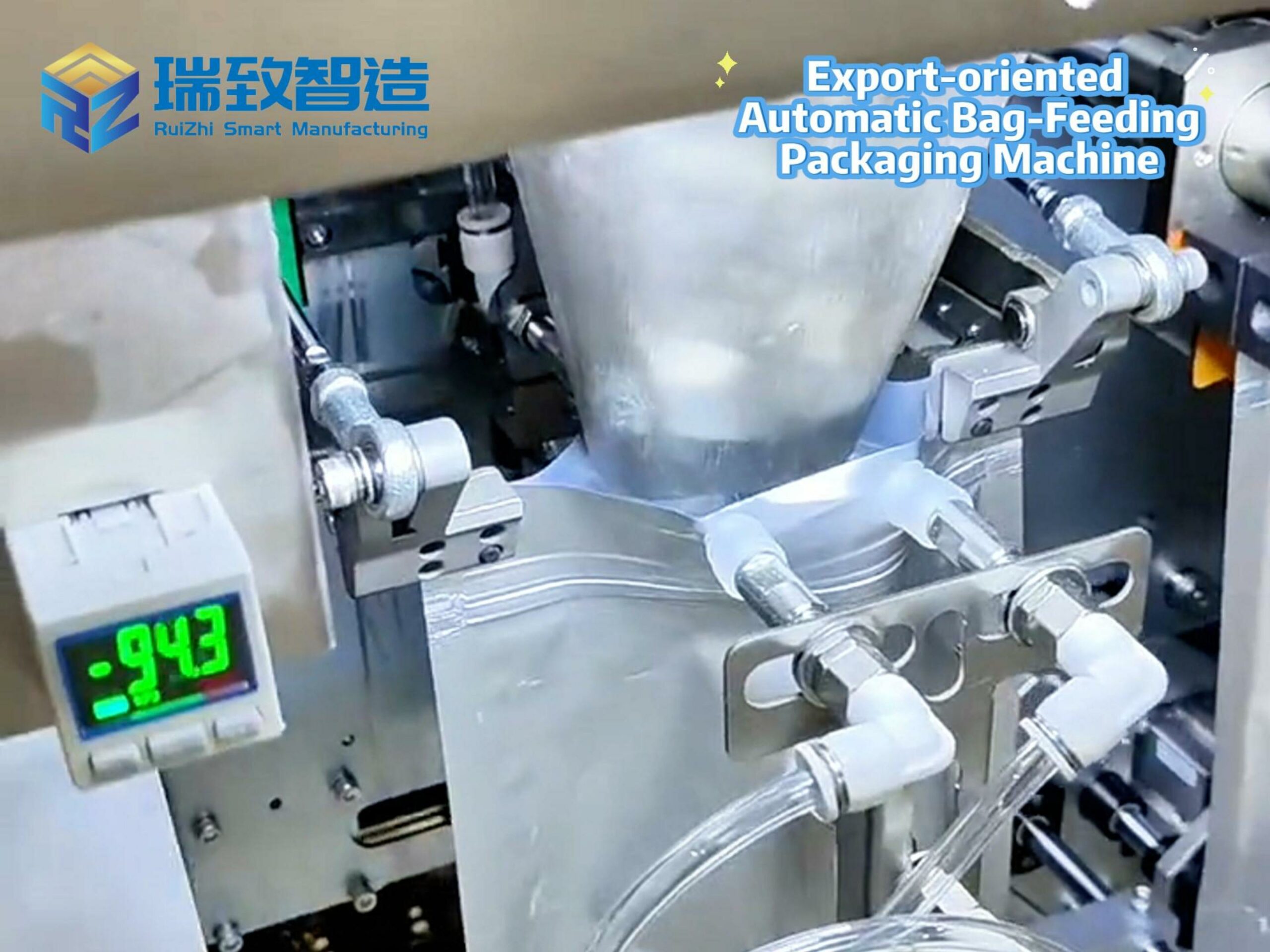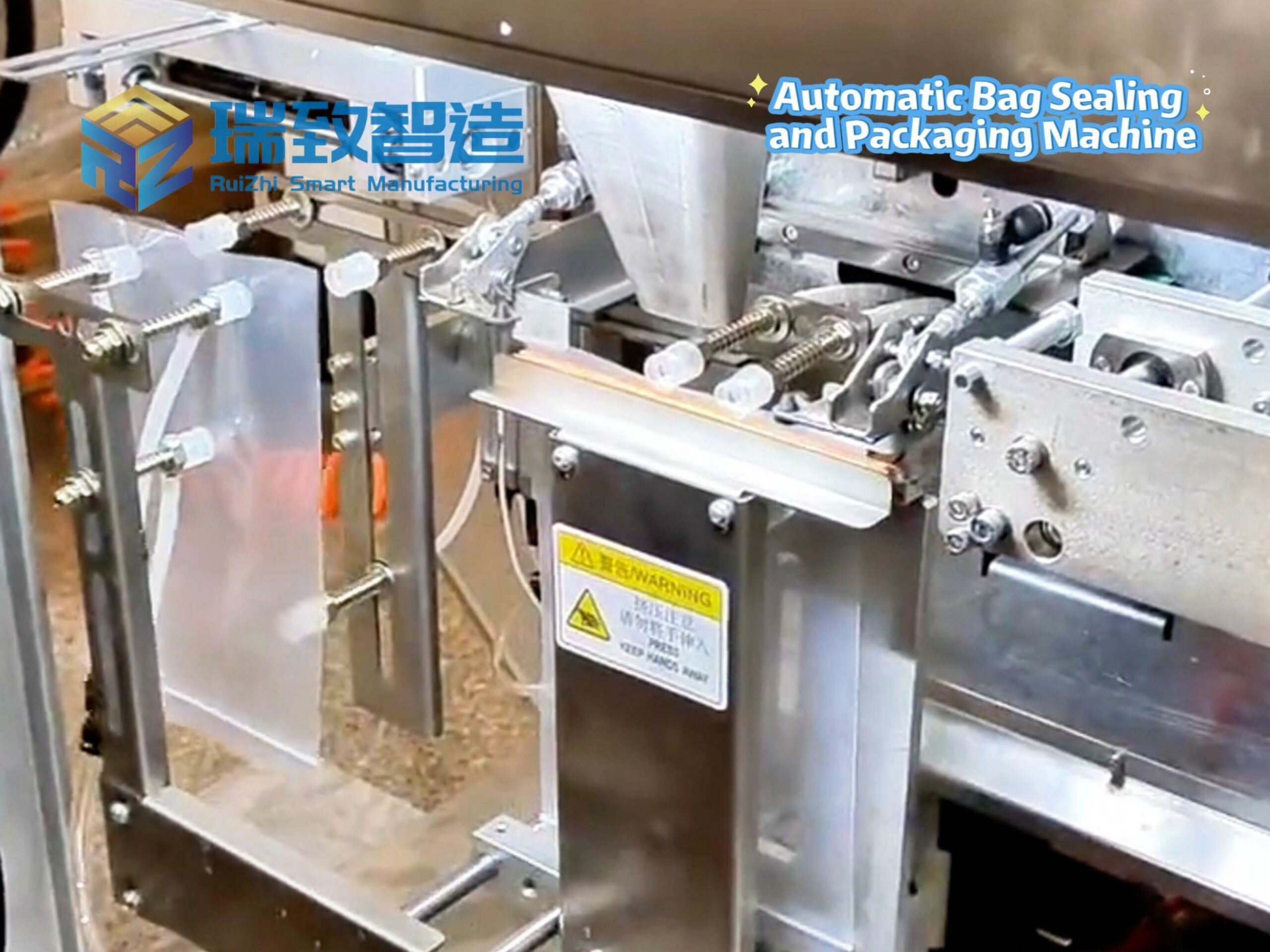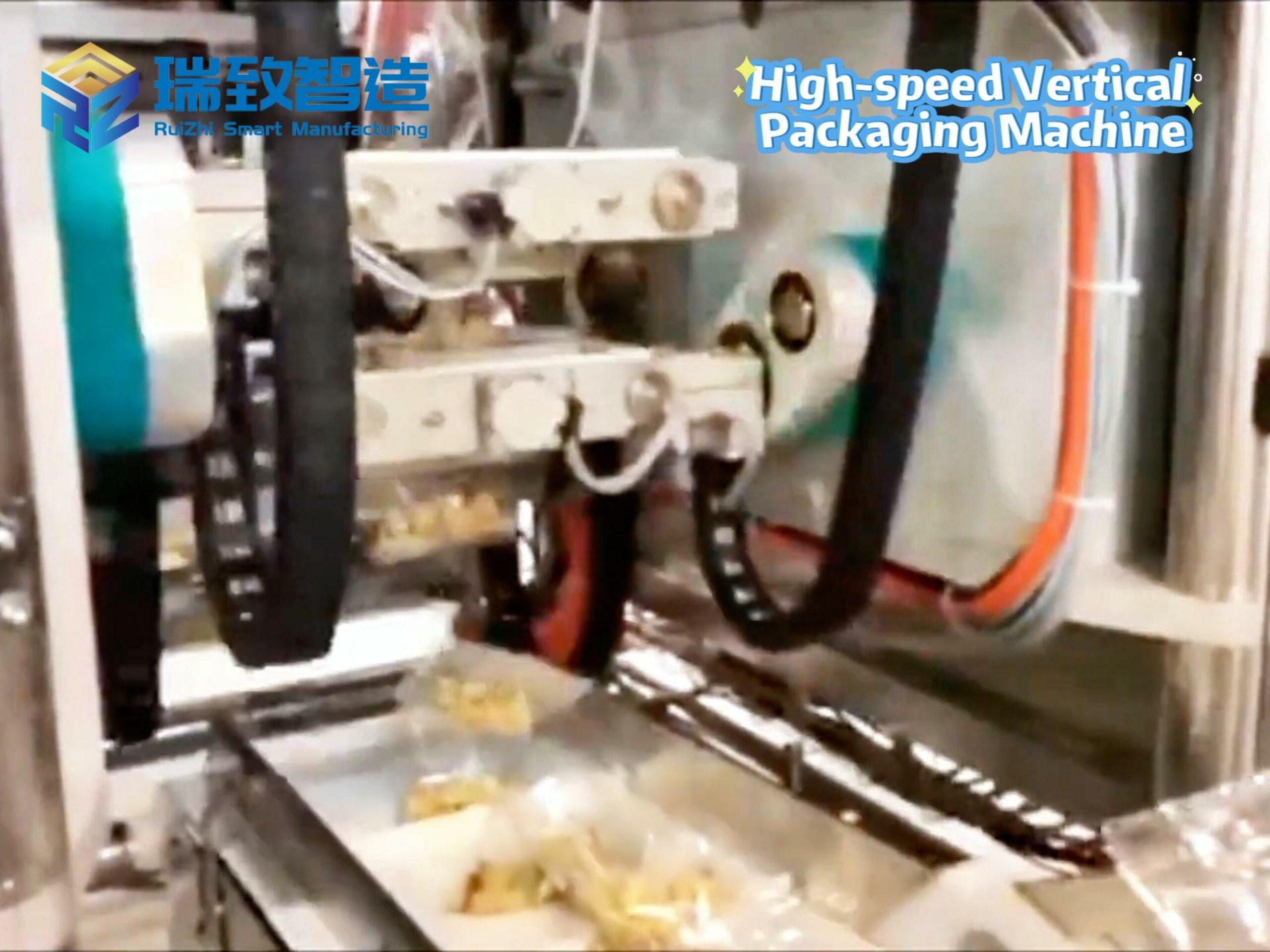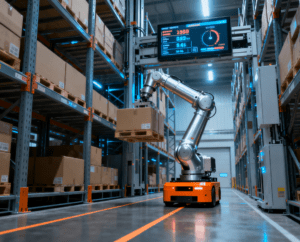
From the “Internet +” era to the “Artificial Intelligence +” era, AI is reshaping various industries with tremendous momentum. As a crucial link in the real economy, the logistics industry is experiencing unprecedented transformation empowered by AI, showing remarkable new features and unlimited potential.
Since “Artificial Intelligence +” was first written into the government work report in 2024, and with the release of the “Opinions of the State Council on Further Implementing the ‘Artificial Intelligence +’ Action” on August 26 this year, China is promoting AI’s leap from technological breakthroughs to deep integration with industries through a dual-drive model of “national strategy + industry action.” As the “artery” of the national economy, the logistics industry has become a core beneficiary of policy dividends, experiencing an AI-driven efficiency revolution that is reshaping the entire industrial chain.
With the rapid development of science and technology, AI is penetrating various industries at an unprecedented rate, and the logistics field is no exception. As e-commerce flourishes and global supply chains become increasingly complex, traditional logistics models can no longer meet market demands for efficient, accurate, and intelligent logistics services. The “AI + logistics” integration model has emerged, bringing revolutionary changes to the industry and opening a new era of smart logistics.
AI Revolutionizing All Logistics Links
Smart Warehousing: Efficient Storage and Precise Management
Warehousing is a critical logistics node where AI has enabled qualitative leaps in management. Automated Storage and Retrieval Systems (AS/RS) make full use of vertical space, significantly increasing storage density—several to dozens of times compared with traditional warehouses. Automated Guided Vehicles (AGVs) move freely through warehouses, accurately transporting goods along preset programs and paths, operating 24/7 with high efficiency and greatly reducing loading/unloading times. Amazon’s Kiva robot system is a prime example, with numerous Kiva robots working collaboratively to quickly move goods to pickers, dramatically improving operational efficiency and enabling Amazon to handle massive order volumes.
AI-Enabled Stroj na montáž stykačů: Connecting Production and Logistics Seamlessly
Beyond optimizing downstream logistics links, AI is also bridging the gap between component production and logistics operations through intelligent equipment like the AI-driven Contactor Assembly Machine. As contactors are core electrical components for logistics intelligent devices (such as AGVs, unmanned delivery trucks, and smart warehouse control systems), this assembly machine integrates AI vision recognition, real-time torque monitoring, and data synchronization functions. It not only achieves a 99.8% assembly precision rate by automatically correcting deviations during the assembly process but also synchronizes real-time data (including component specifications, production quantities, and quality inspection results) to the smart logistics management platform. This seamless connection allows the logistics system to pre-plan storage locations and distribution routes for finished contactors in advance, reducing the intermediate transfer time between production workshops and warehouses by over 25% and ensuring timely supply of critical components for logistics equipment maintenance and upgrading.

Smart Transportation: Optimized Routes and Efficient Scheduling
Transportation is the core logistics link where AI plays a crucial role. Route optimization is one of its most important applications. Machine learning algorithms collect real-time information on traffic conditions, weather, road construction, and other factors, dynamically planning optimal routes based on transportation needs and vehicle conditions. Baidu’s intelligent transportation system is a representative example, using big data analysis and deep learning to provide precise route planning for logistics vehicles, helping them avoid congestion and reduce transportation time and costs. Statistics show that intelligent route planning can shorten transportation time by 15%-20% on average.
Smart Delivery: Unmanned Delivery and Precise Service
Smart delivery systems use big data analysis and machine learning algorithms to dynamically assign and optimize delivery tasks. SF Express’s intelligent delivery system monitors tasks and courier locations in real-time, intelligently dispatching couriers and optimizing routes based on order urgency, distance, and traffic conditions to ensure timely and accurate deliveries. After applying AI to optimize delivery routes, SF Express reduced transportation costs by 10%-15%, increased delivery efficiency by 20%-30%, and significantly improved customer satisfaction.
Smart Customer Service: Efficient Communication and Demand Insight
Smart customer service is an important component of logistics services. Intelligent customer service robots use Natural Language Processing (NLP) to quickly understand customer questions and provide accurate, detailed answers. Alibaba’s intelligent customer service robot, trained with deep learning algorithms, can handle various inquiries about logistics tracking, order status, and after-sales service, providing 24/7 support that promptly responds to customer needs, greatly reducing the workload for human agents and improving service efficiency.
Looking ahead, as technology continues to advance and the ecosystem improves, “Artificial Intelligence + Logistics” will undoubtedly open a new era that is more efficient, intelligent, and sustainable, injecting strong momentum into the prosperity and development of the global economy.
Would you like me to highlight the key applications of AI in logistics from this article for a quick reference guide?
Automated assembly machine: Purchasing guide
Artificial intelligence automated assembly robot

